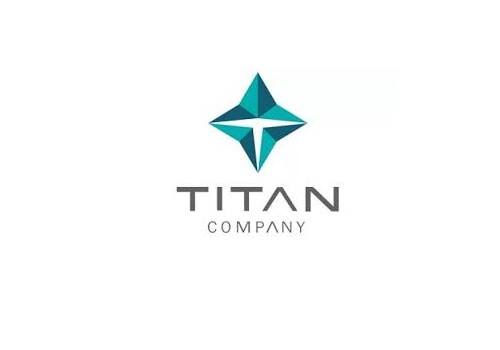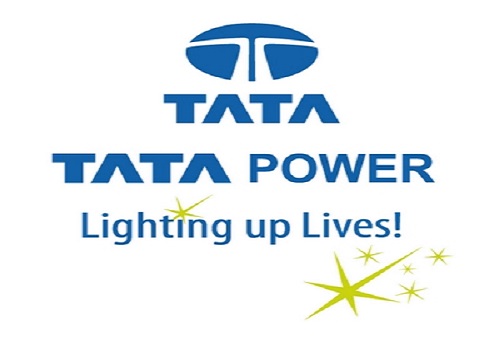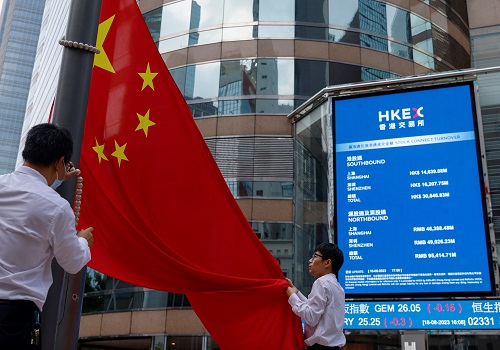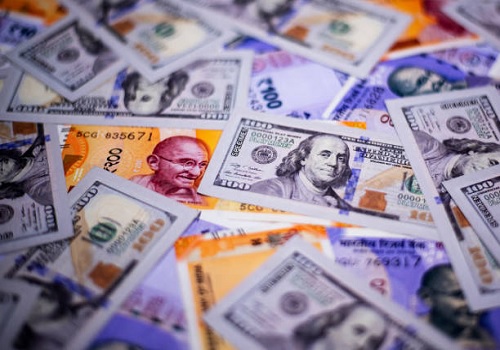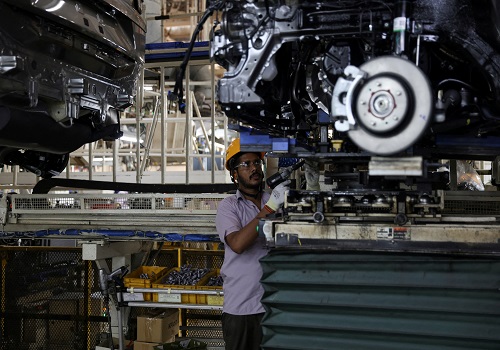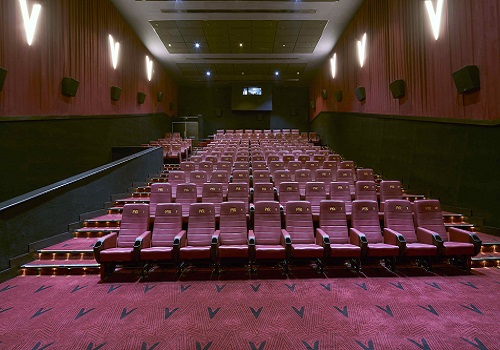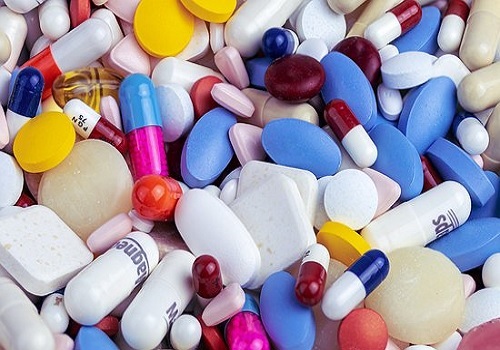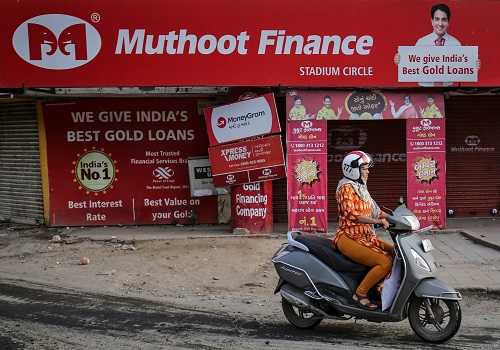New cycle on the anvil; corporate banks in better shape: Motilal Oswal Financial Services
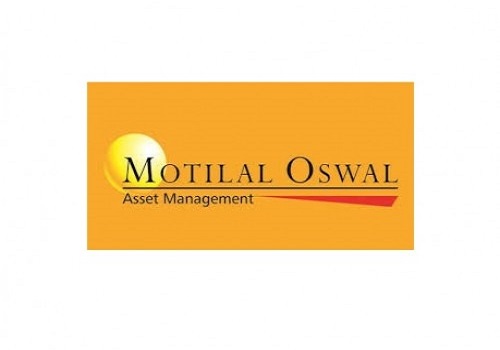
Follow us Now on Telegram ! Get daily 10 - 12 important updates on Business, Finance and Investment. Join our Telegram Channel
https://t.me/InvestmentGuruIndiacom
Download Telegram App before Joining the Channel
New cycle on the anvil; corporate banks in better shape: Motilal Oswal Financial Services
According to India Strategy - Financials report from Motilal Oswal Financial Services Ltd. (MOFSL), as growth picks up, the earnings momentum of corporate banks coupled with the valuation of headroom can serve as the twin catalysts of performance. In the decade ahead, large banks such as SBI, ICICI and Axis have undergone adverse corporate asset quality cycles, which bottomed out over FY 18-19. These banks have also beefed up their balance sheets by raising capital during the pandemic and emerged stronger in FY21 with the solid performance on PPOP/earnings and asset quality.
Motilal Oswal Financial Services expects the pace of market share gains in large private banks to accelerate sharply during this decade owing to their (a) strong balance sheets, (b) competitive cost of funds, (c) higher provision coverage on the existing stressed pool, and (d) strong capital ratios.
Most banks are currently trading either below or near their long-term average multiples. As the corporate cycle strengthens further and growth picks up, the earnings momentum of corporate banks coupled with the valuation headroom can serve as twin catalysts for outperformance. Typically when the cycle turns, the valuation multiple of stock shifts from the lows to highs and doesn’t trade at average multiples of the cycle. This shift in valuation multiple expansion from lows to highs drives outsized gains. The preferred ideas are ICICI, SBI, and Axis. In the MOFSL Model portfolio, there is an OW stance on BFSI. Separately, MOFS BFSI team recently released launched a sector model portfolio.
Past decade: Value migration towards private/retail banks; divergent performances
In the past decade, the sector saw clear value migration towards private sector banks, which gained market share in loans to 36% in FY20 from 18% in FY10. Share of Retail in overall credit expanded from 19% in FY10 to 26% in FY20. The corporate oriented banks struggled with asset quality concerns – SBI, ICICI and Axis consumed 37-63% of decade’s cumulative PPOP in provisions vs. 10-15% for retail oriented banks like HDFC Bank and Kotak Mahindra Bank. Consequently, over the decade, the contribution of HDFC Bank/KMB/BAF in profit and market-cap pool expanded from 20% to 50% and 29% to 61%, respectively, while that of SBI/ICICI/Axis shrunk commensurately. The weights of HDFC Bank and KMB in Nifty increased from 3.9% and 0.9% in FY10 to 10.2% and 4% in FY21 while that of ICICI and SBI contracted from 6.5% and 3.9% in F10 to 6.3% and 2.2% in FY21.
The start of new decade (2021-30): Asset woes nearing end; return ratios set to recover
Unlike the weak credit growth trends seen in the past five years (~8% YoY avg), MOFSL believes India is at an inflection point and likely to see improved loan growth over in this decade. This would be led by sustained buoyancy in consumer credit and industrial demand, boosted by capex recovery, as capacity utilization levels improve, in our view. However, the pandemic has put the brakes on underlying recovery in the short term, and strong commodity prices have enabled select companies to pursue de-leveraging plans. Nevertheless, as the economy recovers with the easing of lockdown restrictions and the accelerated pace of vaccinations, MOFSL expects manufacturing activity – the core driver of capex – to make a swift comeback. Several government initiatives and PLI schemes to boost manufacturing activity would further aid revival in industrial credit growth.
In the new decade, MOFSL expects the pace of market share gains in large private banks to accelerate further owing to their (a) stronger balance sheets, (b) competitive cost of funds, (c) higher
provision coverage on the existing stressed pool, and (d) strong capital ratios. With the corporate cycle showing steady revival, MOFSL believes AXSB, ICICIBC, and SBIN are well-placed to benefit from this growth normalization.
Exhibit: Expect the credit-to-nominal GDP ratio to increase gradually to 83% by FY30E (%)

Theme 2#: High earnings momentum; decade-high RoE in sight
MOFSL expects large private banks to see robust improvement in profitability, led by (a) moderation in credit cost on receding stress levels and high provisioning coverage, (b) continued market share gains, (c) controlled cost of funds supporting margins, and (d) improving fee income trends. This would drive RoAs closer to the historical peak. The aggregate RoE for private banks in our Coverage Universe would improve to ~16% by FY23E (v/s 10–11% over FY18– 20). Among the PSUs, MOFSL estimates RoE for SBIN to reach ~15% by FY23E. Earnings growth and improving return ratios would continue to drive re-ratings in banking stocks
Theme 3#: Stressed asset resolution may drive healthy write-backs
Over FY15–20, corporate banks made significant provisions towards stressed accounts, with total NPA provisioning of INR13.4t (avg. credit cost of 2.6%). Among the banks, SBIN, ICICIBC, and AXSB made total provisions of ~INR2.7t, INR650b, and ~INR560b, respectively, over FY15–20. The resolution of stressed accounts may drive healthy provisioning write-backs and aid earnings recovery in corporate banks. SBI may be the key beneficiary as it has NPA provision stock of ~INR3.2t from the last decade
Theme-4# Subsidiaries’ contribution in SoTP increasing steadily
Over the years, the SOTP story of select banks has turned very attractive, with the contribution of subsidiaries inching up in the total intrinsic value. Furthermore, as these businesses gain scale and market share, the contribution of subsidiaries in the overall SoTP of banks is likely to increase steadily. The contribution of SBIN’s subsidiaries in the SoTP value has increased to ~35% v/s 5% in FY10. ICICIBC’s subsidiaries currently contribute ~20% to our SoTP. For KMB, the value of subs in the SOTP value stands at 28%. AXSB has also spruced up its subsidiary contribution, and after IRDA’s approval of its deal with MAX Life, the subsidiaries now contribute ~10% to the total value (NIL value ascribed some years ago).
Exhibit: Contribution of subsidiaries in total SoTP of various banks

To Read Complete Report & Disclaimer Click Here
Above views are of the author and not of the website kindly read disclaimer



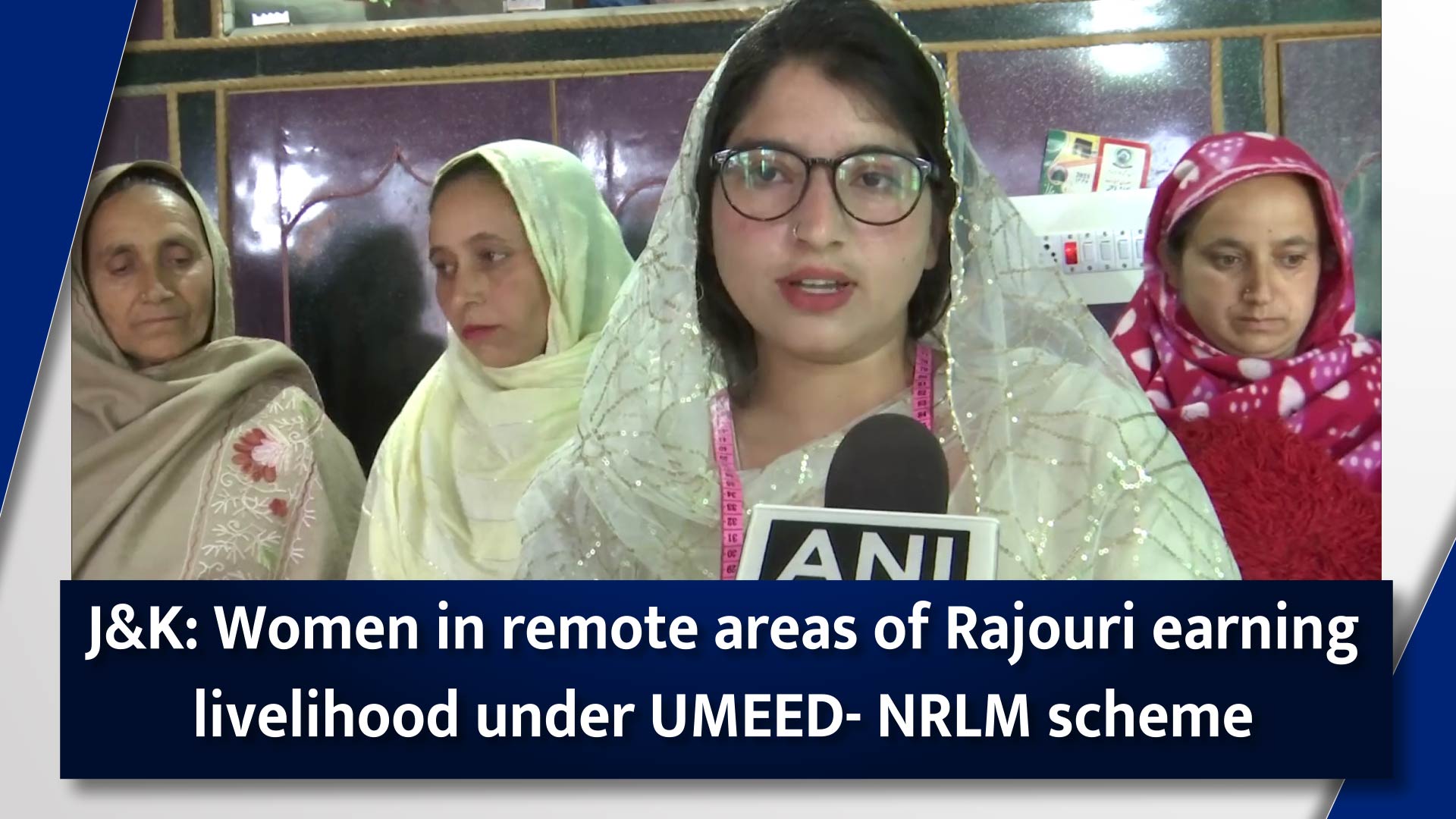
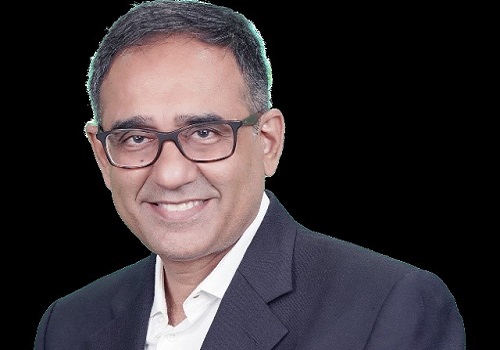





Tag News
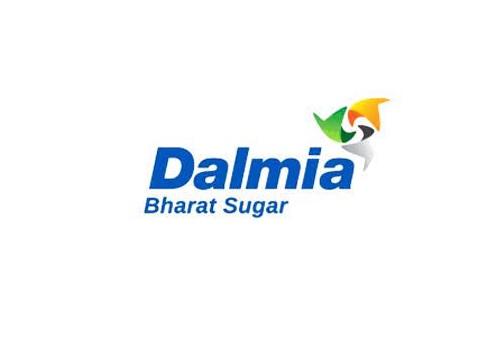
Buy Dalmia Bharat Ltd For Target Rs.2,400 - Motilal Oswal Financial Services Ltd


